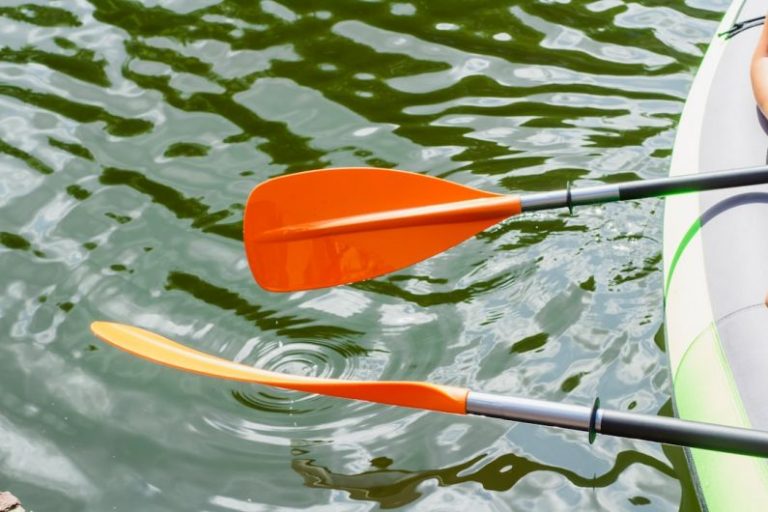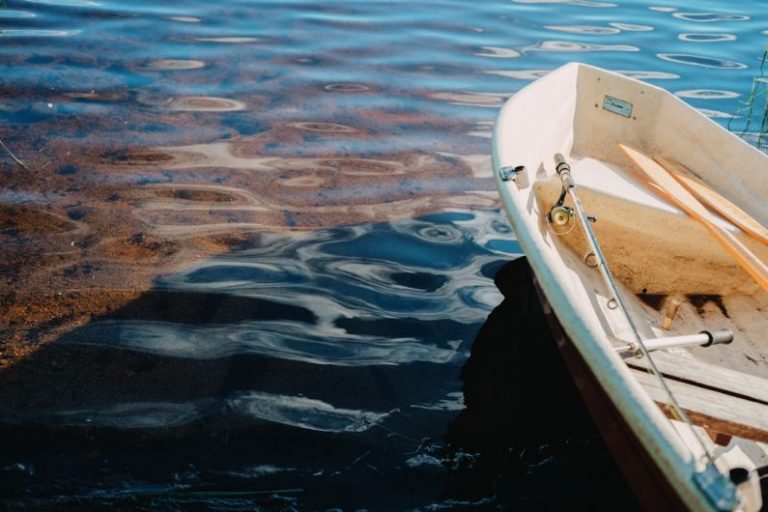
Rowing is a sport that brings joy, challenges, and a sense of freedom to many enthusiasts. However, like any water activity, rowing comes with its risks. Accidents can happen, and being prepared for such situations is crucial for every rower. In the case of an emergency on the water, self-rescue techniques can make a significant difference in ensuring the safety and well-being of the rower. Knowing how to handle unexpected situations can mean the difference between a minor inconvenience and a potentially life-threatening event. Here, we will explore some essential techniques that can help in self-rescue during a rowing accident.
Stay Calm and Assess the Situation
In any emergency, the first and most crucial step is to stay calm. Panicking can cloud judgment and hinder the ability to think clearly. Take a moment to assess the situation. Determine if you are injured, if the boat is damaged, and if there are any immediate threats to your safety. Remaining composed will allow you to make rational decisions and take the necessary actions to ensure a successful self-rescue.
Secure Your Oars and Equipment
Once you have assessed the situation and ensured your own safety, the next step is to secure your oars and equipment. In the event of a capsize or unexpected turn of events, loose equipment can become a hazard and impede your ability to maneuver the boat effectively. Retrieve any loose oars, water bottles, or personal belongings and secure them in the boat to prevent them from floating away or causing further complications.
Flip the Boat
If your boat has capsized, one of the primary self-rescue techniques is to flip the boat back into an upright position. Most rowing shells are designed to be stable when properly balanced, so flipping the boat back over can restore stability and make it easier to re-enter. To flip the boat, grab onto the hull and use your body weight to roll it back upright. This may require some strength and coordination, so take your time and focus on executing the maneuver properly.
Re-enter the Boat
After flipping the boat back over, the next step is to re-enter the boat. Depending on the type of rowing shell you are using, there are several methods for re-entering the boat after a capsize. One common technique is to approach the boat from the side, grab onto the gunwales, and kick your legs to propel yourself back into the cockpit. Practice this maneuver in a controlled environment to familiarize yourself with the process and build confidence in your ability to re-enter the boat quickly and efficiently.
Bail Out Excess Water
Once you have re-entered the boat, it is essential to bail out any excess water to restore buoyancy and stability. Use a bailer or sponge to remove water from the hull and cockpit, taking care to empty the boat completely before continuing rowing. Excess water can add weight and make the boat more difficult to maneuver, so thorough bailing is essential for a successful self-rescue.
Signal for Help if Needed
In some situations, self-rescue may not be possible, or additional assistance may be required. If you find yourself in a challenging or dangerous situation, do not hesitate to signal for help. Carry a whistle or other signaling device with you when rowing to alert other boaters or nearby individuals to your location. Additionally, knowing how to use distress signals such as flares or flags can help emergency responders locate you quickly in the event of an accident.
Stay Prepared and Practice Regularly
The key to successful self-rescue during a rowing accident is preparation and practice. Familiarize yourself with the specific self-rescue techniques for your type of boat and practice them regularly in a controlled environment. By honing your skills and building confidence in your ability to handle unexpected situations, you can enjoy your time on the water safely and with peace of mind.
In conclusion, self-rescue techniques are essential skills for every rower to master. By staying calm, securing your equipment, flipping the boat, re-entering safely, bailing out excess water, and signaling for help when needed, you can increase your chances of a successful outcome in the event of a rowing accident. Remember to stay prepared, practice regularly, and prioritize safety above all else when enjoying the sport of rowing.





